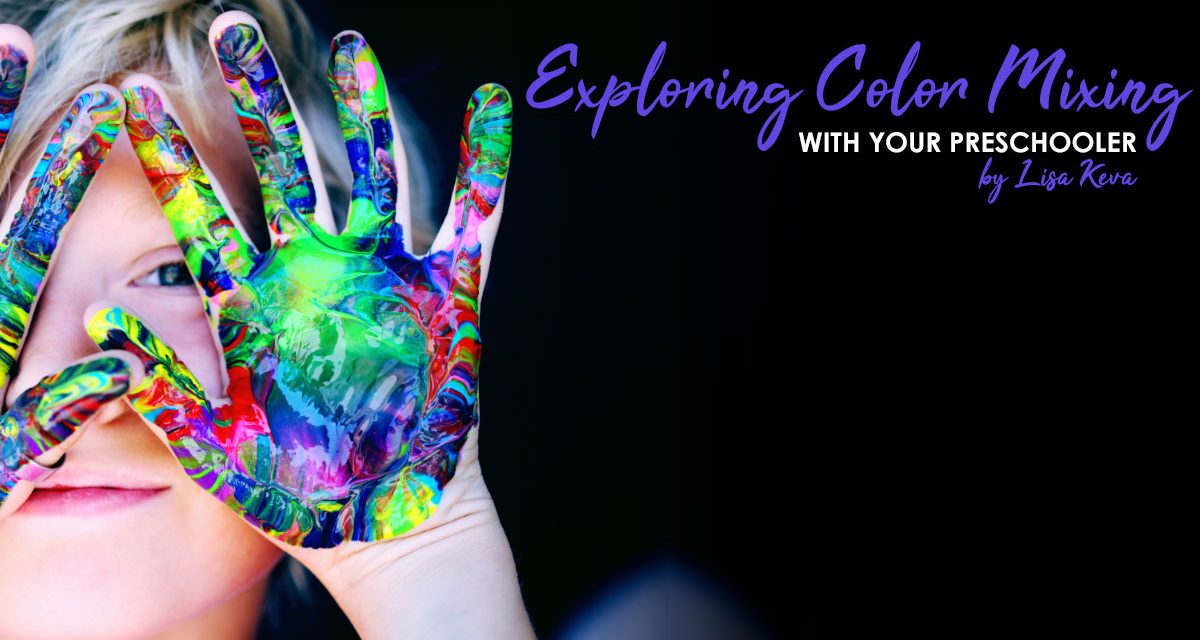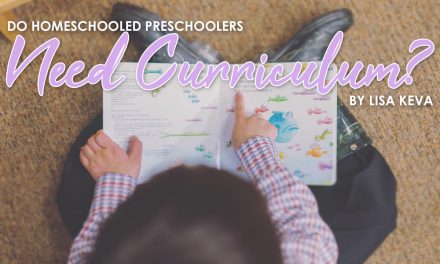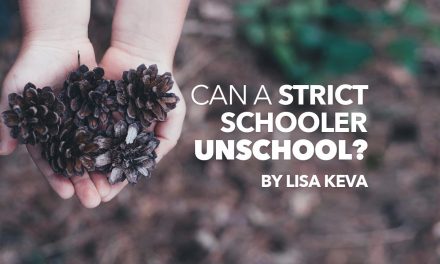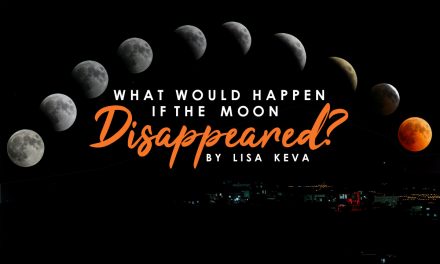Even though my preschoolers have long grown up, I still have fond memories of working with them on basic skills. I love this stage of learning because play is school! I firmly believe formal instruction should come at a later age. At this stage, it’s all about exploration. And what better way to explore than with a favorite book and some fun hands-on activities!
One of these favorite memories includes reading Richard Scarry’s Best Storybook Ever. My children couldn’t get enough of this book! “Colors” in particular, was a big hit in our house. Kids are naturals at combing things! To help them have a positive mixing experience, here are a few fun ways to learn those secondary colors! Each is easy to do and easy to clean up!
Play-Doh is a great tactile tool for teaching blending! Many parents cringe at the thought of encouraging mixing even the smallest amount of Play-Doh. But, what could a little bit hurt? Give each child a small piece of yellow and a small piece of red Play-Doh. Sing a silly song as you smoosh and roll the colors together between your fingers or on the kitchen table. And voila! Your budding artist has now made orange! Now try this with red and blue. Then blue and yellow. Don’t forget to try adding white to red, blue, and black in separate turns.
Another great mixing medium is acrylic paints or washable tempera paints. For extra fun, use a piece of tinfoil as “paper” and Q-tips as the paintbrush. Have mom, dad or older sibling squirt two primary colors close to one another on the piece of tinfoil, hand each child a Q-tip, and let them take it from there! As they swirl and the new colors emerge talk about what things they can see in the world around them that match that color. This is a lot of fun and even had my older kids joining in to participate.
Let’s not forget food coloring and water. Line up four clear glasses filled with water and a spoon. Have mom, dad or older sibling drop two primary colors, red and yellow, in the first glass. Then stir and observe. In glass number two, use red and blue. Glass number three, yellow and blue. And, in the last glass make the grand finale brown, or as we called it in our house, mud! Add a drop or two of each color. Stir and observe.
What’s your favorite way to teach color blending? I’d love to hear your tips and methods!
Check out the wide array of art products at Rainbow Resource Center!





